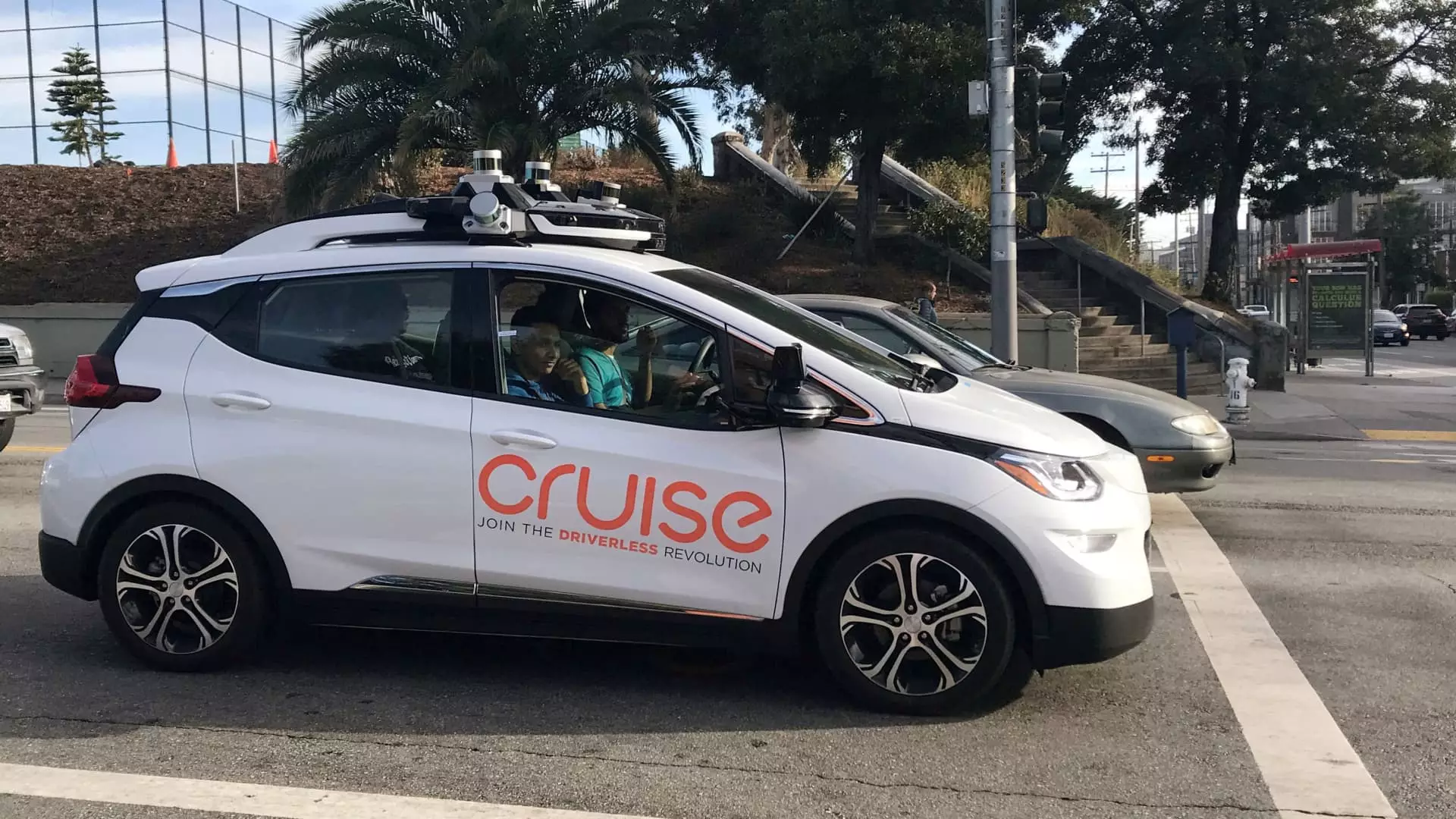Cruise, a General Motors subsidiary, has been instructed by the California Department of Motor Vehicles (DMV) to reduce its robotaxi fleet in San Francisco by 50%. This decision follows a series of incidents involving Cruise autonomous vehicles, including a collision with a fire truck. The reduction in fleet size is undoubtedly a major setback for Cruise, as it had recently received permission to expand its driverless operations and offer a paid robotaxi service in the city.
San Francisco has become a battleground for the introduction of driverless cars. While some view them as innovative solutions that will revolutionize transportation and offer more affordable and convenient options for city dwellers, others raise valid concerns about their safety and potential interference with emergency services like firefighters. The recent incidents involving Cruise vehicles have only intensified this ongoing debate, further polarizing public opinion.
Investigation and Corrective Actions
The DMV has initiated an investigation into the incidents involving Cruise vehicles in San Francisco. A DMV spokesperson stated that the department is working closely with Cruise and law enforcement officials to gather all relevant facts. As a result of this investigation, the DMV has requested Cruise to immediately reduce its active fleet by 50% until the process is complete and appropriate corrective actions are taken to enhance road safety.
Cruise has agreed to comply with the reduction in fleet size, ensuring that no more than 50 autonomous vehicles operate during the day and no more than 150 operate during the evening. Previously, Cruise had been operating 300 cars at night and 100 during the day, indicating a significant decrease in their operational capacity.
A Multifaceted Incident
In a blog post addressing the recent collision between a Cruise vehicle and a fire truck, Greg Dietrerich, Cruises’ San Francisco general manager, highlighted multiple factors contributing to the incident. He pointed out that the intersection where the accident occurred had buildings that obstructed visibility, making it challenging for the vehicle’s sensors to detect potential obstacles. Dietrerich also mentioned that the fire truck was driving in the wrong lane to circumvent a red light.
Acknowledging the complexity of the situation, Dietrerich expressed Cruise’s commitment to working with regulators and city departments to improve interactions with emergency vehicles and minimize the likelihood of similar incidents happening in the future.
A String of Unfortunate Events
Aside from the collision with the fire truck, Cruise’s fleet has experienced several other noteworthy incidents over the past week. One vehicle reportedly got stuck in concrete, while another autonomous vehicle was struck by a human-driven car with the latter running a red light. Furthermore, a cluster of Cruise vehicles caused traffic congestion near an outdoor music festival when a substantial number of them stalled.
As Cruise grapples with these setbacks, it is crucial for the company to address concerns about the safety and reliability of its autonomous vehicles. The company must work closely with regulatory bodies and law enforcement officials to instill confidence in the technology and ensure that its vehicles operate seamlessly alongside emergency services.
While the reduction in fleet size may hinder Cruise’s expansion plans in the short term, it serves as an opportunity for the company to reevaluate its strategies, enhance its technology, and prioritize safety as it strives to regain public trust. As the debate surrounding driverless cars continues, it is imperative for companies like Cruise to demonstrate their commitment to both innovation and responsible deployment to ensure a harmonious integration of autonomous vehicles into our cities.


Leave a Reply